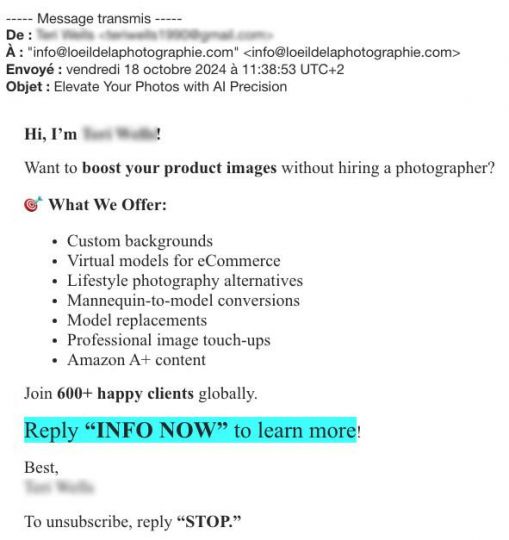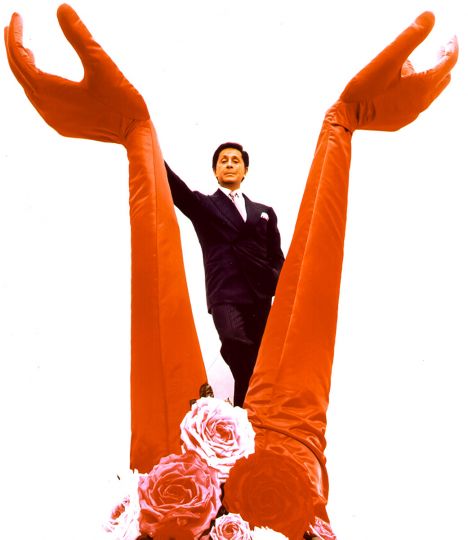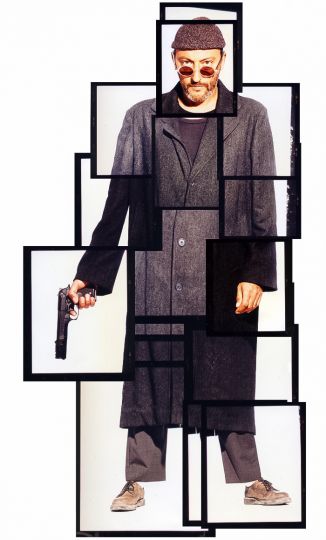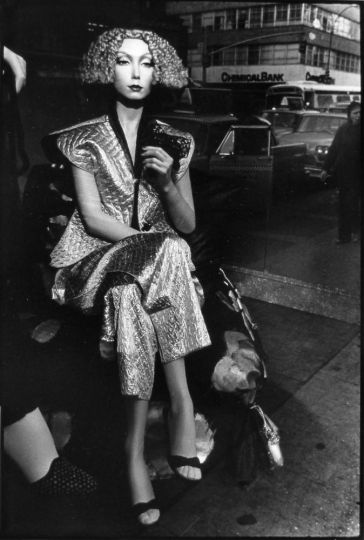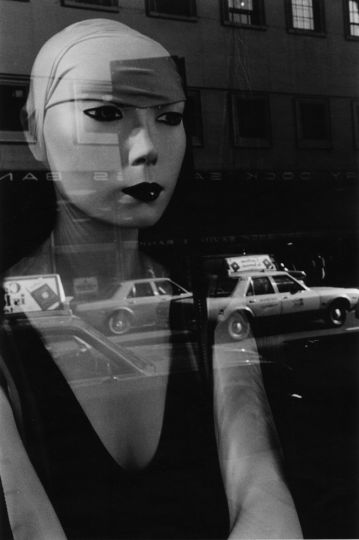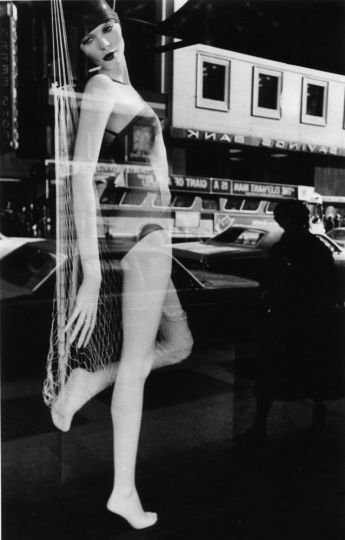In September 2008, two years before Le Bal opened, with Raymond Depardon and Diane Dufour we launched La Fabrique du Regard, Le Bal’s educational platform. Our intention was that young people should understand the implications of images by looking afresh at their different statuses, uses and supports. The majority of teenagers are familiar with photography on a daily basis; we wanted them to step back and consider images as structure and language. To work on the notion of “observer” as stated by Marcel Duchamp: the image exists in the eye of the beholder. Thus young people must become active and involved observers.
Le Bal is located in the north of Paris, a less affluent part of the city, and for this reason our priority had to be those young people who, for various reasons, were more likely to be distanced from culture. Equally important was to take this project outside Le Bal with programmes whose content would satisfy teachers’ expectations and be adapted to the socio-geographic environment. Never did we expect the enthusiasm that emerged from our very first meetings with the people who would make these programmes happen. They were eager to launch an experimental project focused on the implications of our so-called image society, and attentive to the resources we proposed in relation to their subject. During the 2008-2009 school year, we worked with 749 students in 31 secondary schools. These workshops, our first, were long-term projects, both in the classroom and after school, involving teachers of different subjects: French, history, geography, economics, languages, art, accountancy, etc.
We quickly found ourselves facing obstacles we hadn’t fully anticipated: whether from Paris’ north or a town in one of the outlying suburbs, few young people venture further than the streets around their home, a familiar boundary, their territory. Also, the majority of teenagers showed little interest in the public sphere and world events. Most high-school students feel out of place discussing what they see as complex subjects, too far-removed from their everyday concerns. While photography can “mirror the world”, all too often it is reduced to releasing the shutter, the actual making of the photograph. Then there were the teachers; where we wanted workshops to be adapted to students without “dumbing down” content or methods, they felt the programmes aimed too high. As for the artists, few knew what to expect when confronting their view with that of young people; many had an idealized notion of the relationship they could build with these teenagers.
As of the following year, we reviewed our objectives and experimented with new formats that would take us closer to the field and the people involved. Our first step was to bring professional structures onboard and instigate direct contact between students and those who bring images to life: newspapers, magazines, news agencies, graphic designers, photo laboratories, publishers, libraries, art galleries, museums, etc. These encounters gave tangible form to each stage in the chain of creation, production, publication and reception of an image and the economy around it. At the Reuters desk, students were fascinated to see how, within a minute of being taken, a photograph is sent around the world. They were amazed to learn that iconography answers to the same criteria in the United States as it does in Middle East countries. At Le Monde, they discovered the role commissioned photographs played in covering the Arab Spring. At the Musée National d’Art Moderne, they saw first-hand how prestigious photography collections, such as the Brassaï collection, are conserved and promoted.
Working with a team of young art historians, photographic historians and researchers in philosophy, we developed a new methodology in most of the workshops:to create short-circuits, bounce off notions and forms, multiply experiences rather than accumulate knowledge, and superimpose different degrees of understanding around a given subject, from the most specific to the most general, from context to decontextualisation. This allowed us to engage students who did not respond to linear, hierarchical, academic teaching.
Working with teachers and artists, we made substantial adjustments to the workshop programmes and formats. Over the course of the years, the confidence we had in each other grew. End-of-year meetings and reviews became lively discussions between teaching staff, school heads, artists, professionals and the team at La Fabrique du Regard. Countless ideas were thrown into the ring about what was taking shape in the workshops, how the students were evolving, difficulties encountered and progress made, their apprehension regarding certain subjects, how artists and professionals had become role models for the students, and how some were eager to go further, beyond the workshops.
These results prompted teachers to ask us to work with the most vulnerable students: those at risk of dropping out of education, recent immigrants, including those with no previous schooling, teenagers with psychological or physical disabilities, etc.
Our project, to create the conditions for young people to collectively experience images, is bearing fruit. Young people feel they now see images differently, with far greater critical detachment. Just two examples: Jean-Baptiste, who studies at a technical college in Montreuil: “Once you start viewing things differently, you realize how formatted you are,” and Jérémy, a high-school student in Saint-Ouen: “Images are political weapons in the public space.” Over and over, students describe the workshops as unique and completely different from any other programme experienced in school. For many, they are indeed a chance to discover a skill or an aptitude, evidenced as part of a group project in which everyone has a role to play, to reveal their personality, and to overcome spoken and written language difficulties by asserting a point of view. The workshops also give teachers a different image of their students, and vice versa.
We now work each year with some 2,300 students from 60 schools. The quality and singularity of our programmes continues to grow thanks to the input and creativity of the artists, professionals, teachers and all those on the ground, education authorities, local authorities and community development teams.
This winter, we hope to set a new project in motion within La Fabrique du Regard. While continuing our involvement with schools, we are developing ways to transform our experience into an innovative online platform. Our objective is to produce a next-generation teaching resource for a wider audience of young people, teachers, artists and professionals, this time across the whole of France.







